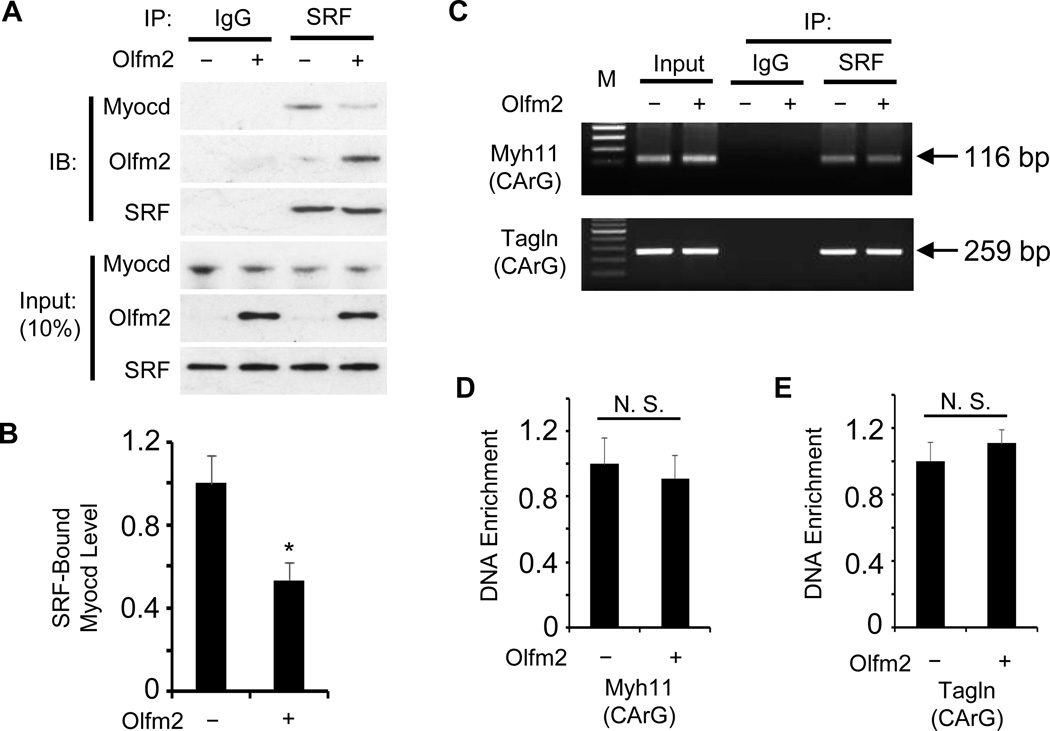Figure 4. Olfm2 inhibited SRF-Myocd interaction.
A, Forced Olfm2 expression diminished Myocd binding to SRF. Primary RASMCs were transfected with control (−) or Olfm2 expression plasmid (+) followed by Co-IP with IgG (blank control) or SRF antibody. The immunoprecipitated complex was immunoblotted (IB) with the antibodies as indicated. B, Quantification of SRF-bound Myocd by normalizing to the input Myocd level shown in A. *, P < 0.01 vs. control plasmid-transfected (−) group (n=3). C, Olfm2 had no effect on SRF binding to the promoters of Myh11 and Tagln. RASMCs were transfected with control (−) or Olfm2 expression plasmid (+) followed by ChIP assay with IgG (blank control) or SRF antibody, and semi-quantitative PCR was performed to amplify the immunoprecipitated chromatin fragment with primers flanking the binding site of SRF (CArG box) in Myh11 and Tagln promoters. D–E, Real-time quantitative PCR was performed to detect the binding of SRF to CArG box in Myh11 (D) and tagln (E) promoters by normalizing to the input DNA levels. N.S.: non-significant (n=3).

